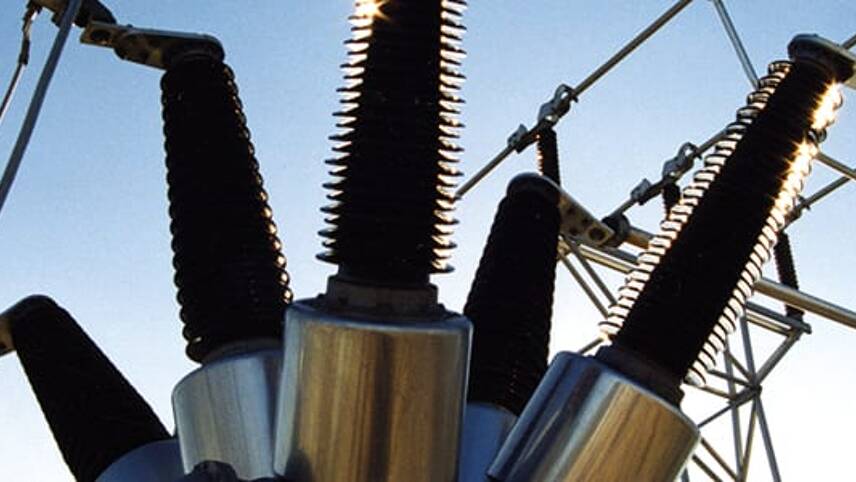This is the Sponsored paywall logged out

The energy sector is at a critical stage in the transition to a decarbonised energy system. The increasing role of decentralised renewable generation, the electrification of transport, and emerging electrification of heat are central to this transition. This causes more activity on the distribution networks, making the development of new distribution system operator capabilities and improved network reliability and resilience critical to a sustainable energy future.
 Modernising the distribution networks to support this transition must also consider increasingly frequent and severe weather events. However, when regulators and network companies focus on customer interruptions and customer minutes lost, often they exclude exceptional events to evaluate underlying network performance and incentivise improved performance for blue-sky days. Ironically, such events are often when homes and businesses are most affected by interruptions. As more services and industries pivot to electricity, such as transportation and heat, the impacts and risks of exceptional events will become more widespread.
Modernising the distribution networks to support this transition must also consider increasingly frequent and severe weather events. However, when regulators and network companies focus on customer interruptions and customer minutes lost, often they exclude exceptional events to evaluate underlying network performance and incentivise improved performance for blue-sky days. Ironically, such events are often when homes and businesses are most affected by interruptions. As more services and industries pivot to electricity, such as transportation and heat, the impacts and risks of exceptional events will become more widespread.
In its “RIIO-ED2 Methodology Decision,” Ofgem focused on network asset risk metrics and climate resilience, as key elements of distribution network operators’ business plans. At this critical stage in the energy transition, it is important to consider the options available for improving reliability and resilience, while tackling performance with exceptional events included.
The options include investing in further network segmentation and distribution automation to automatically detect outages, as well as ways to reconfigure the network and restore power to the greatest number of customers. Targeted undergrounding is also becoming a more economic option as the frequency of severe weather increases.
Greater focus also should be placed on reliability and resilience at the grid edge. Major storms often have the most impact on long rural spurs that include the worst-served customers because they typically are the last to be restored. Targeted investment in improving power restoration on these spurs can drive improvements for worst-served customers while reducing short interruptions, which are becoming increasingly important as network reliance grows.
Increasingly severe weather and electrification are why we are at a critical stage for network planning. Investment must be made to ensure the distribution networks are resilient not only for today’s needs and weather conditions, but also for a decarbonised system in 2030, 2040, and 2050. Ofgem’s draft determinations for the electricity distribution sector will be key to putting the foundations in place to enable the energy transition in Great Britain.

Please login or Register to leave a comment.